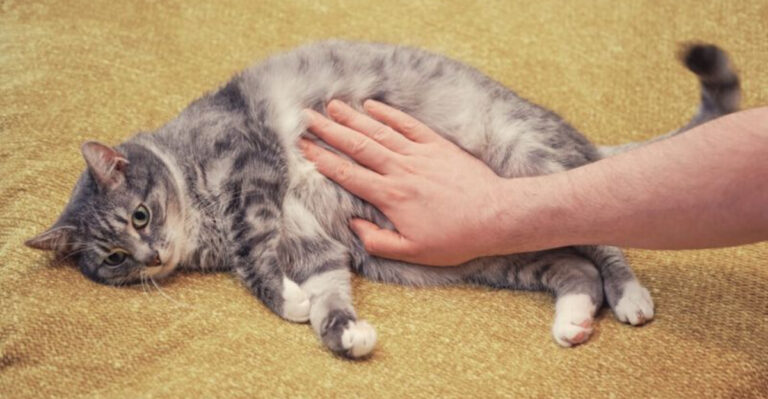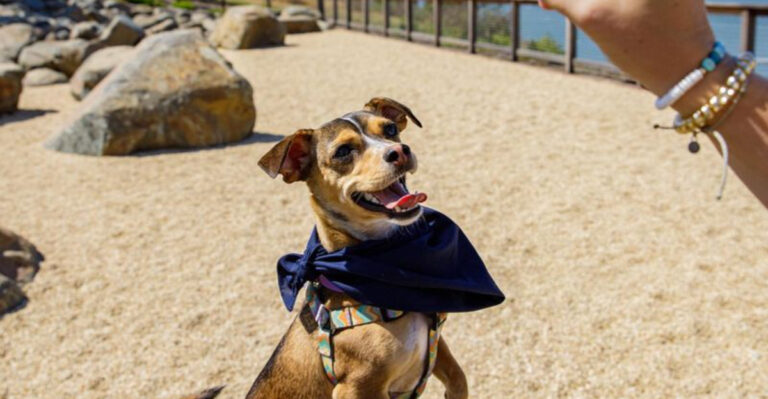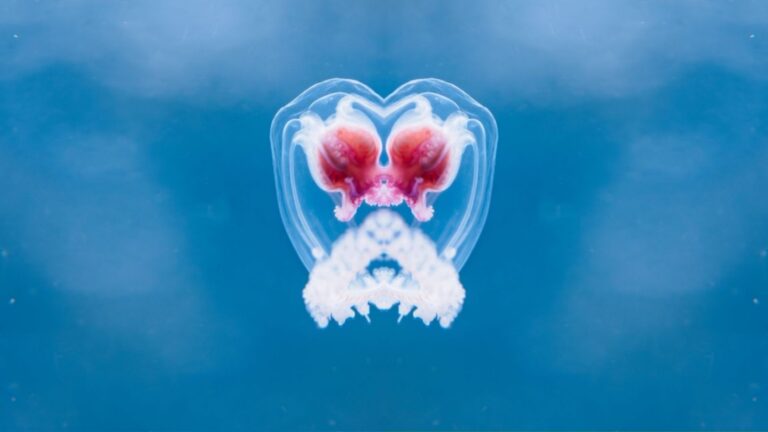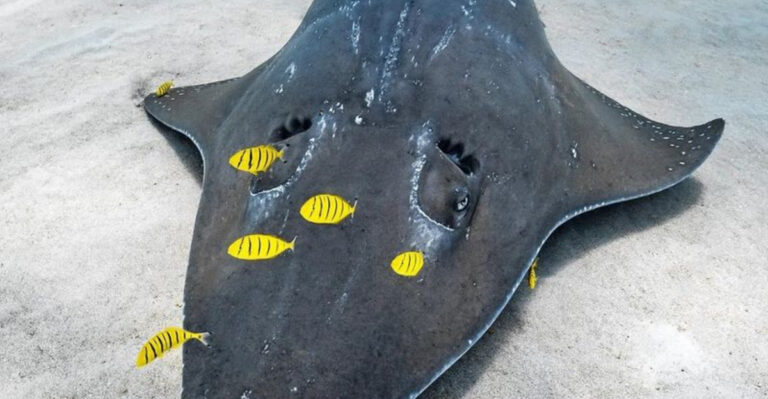10 Dog Breeds That Aren’t Suitable For Pet Life (And 5 That Thrive In Any Home)
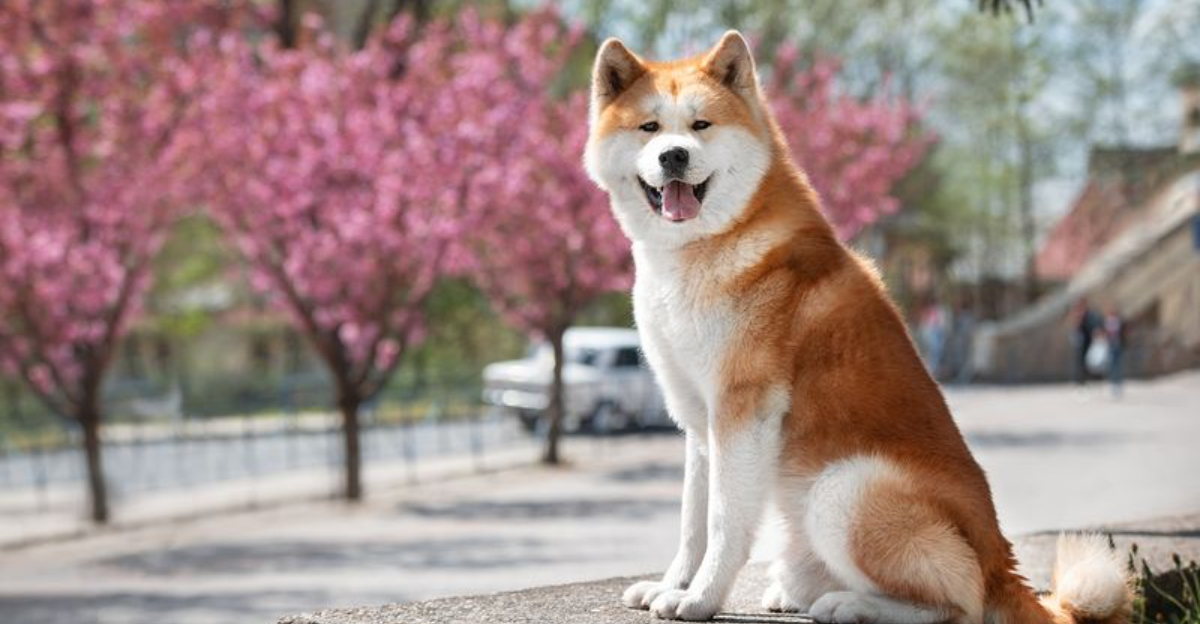
Not all furry friends are created equal when it comes to being family pets. Some dog breeds have been developed for specific working purposes that make them challenging in typical home environments.
Others have energy levels, temperaments, or care needs that don’t align with average pet owners’ lifestyles. But don’t worry – there are also wonderful breeds that adapt beautifully to almost any living situation!
1. Caucasian Shepherd – The Massive Guardian
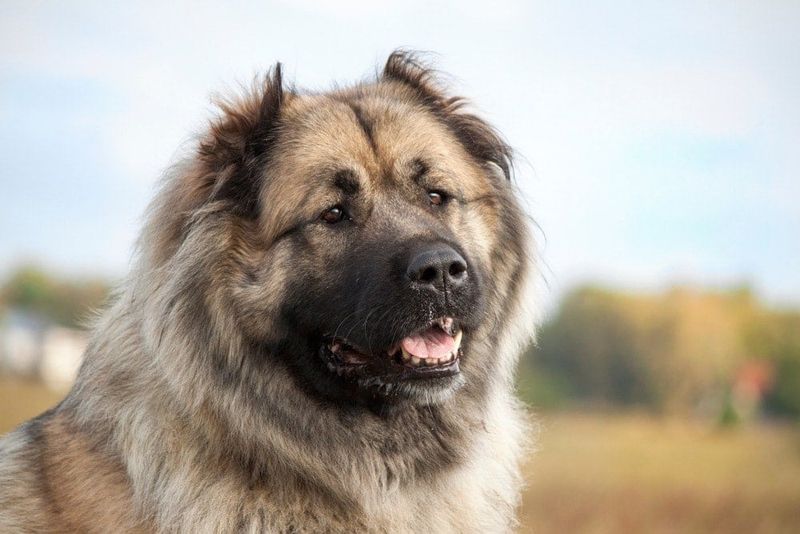
These mountain giants were bred to protect livestock from wolves and bears, not to curl up on your couch! Weighing up to 200 pounds, Caucasian Shepherds possess tremendous protective instincts that can quickly become problematic in suburban settings.
Their thick double coat requires extensive grooming, and their independent, territorial nature makes them unsuitable for novice owners. Without proper socialization and training from puppyhood, these powerful dogs can become overly suspicious of strangers and aggressive toward other animals.
Daily exercise requirements are moderate, but their sheer size means they need significant space – definitely not apartment dogs!
2. Tibetan Mastiff – Royal Protector With Royal Needs
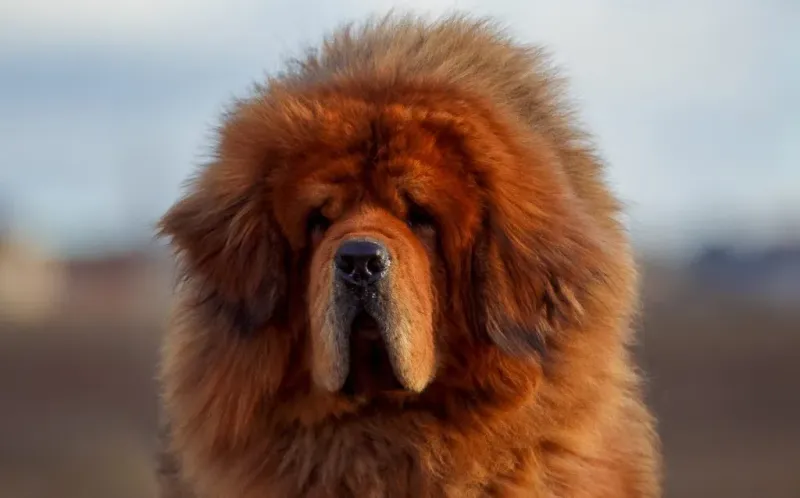
Ancient guardians of Himalayan monasteries, Tibetan Mastiffs carry themselves with a regal aloofness that’s charming until you realize they’re not kidding. These independent thinkers operate on their own schedule, making training a test of patience even for experienced handlers.
Their magnificent lion-like mane comes with a seasonal “blowout” that will coat your home in fur tumbleweeds. Notoriously nocturnal, they often patrol and bark at night – a throwback to their guardian heritage that neighbors won’t appreciate.
Add their substantial food costs and potential health issues, and you’ve got a majestic companion that few households can truly accommodate.
3. Belgian Malinois – The Workaholic Who Never Clocks Out
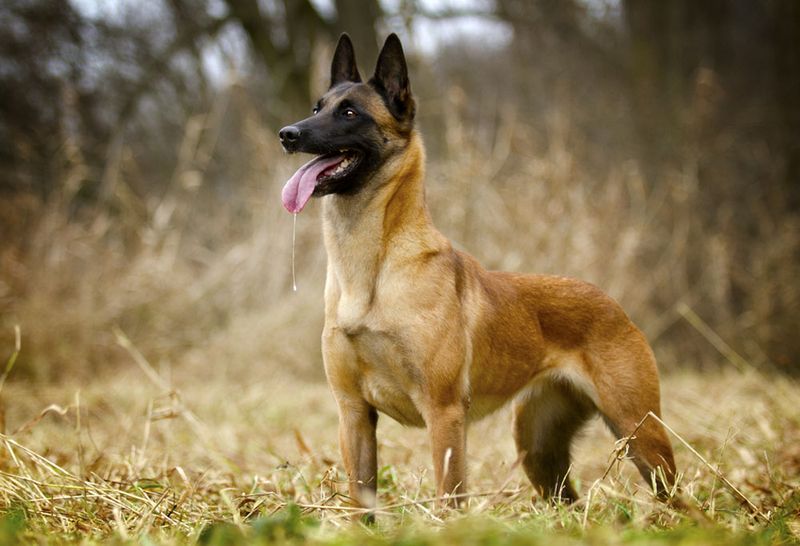
Military and police forces worldwide favor these athletic dynamos for good reason – they live to work! A bored Malinois quickly becomes a destructive Malinois, turning your furniture, walls, and yard into an outlet for their frustration.
Mental stimulation is just as crucial as physical exercise for these brainy powerhouses. Without 2-3 hours of dedicated activity daily, they’ll find their own entertainment – usually something you won’t enjoy. Their intense prey drive means small pets might be viewed as targets rather than family members.
Loyal to a fault with their people, they remain perpetually on-duty, making relaxed home life challenging for casual pet owners.
4. Alaskan Malamute – Snow Worker Stuck In The Suburbs
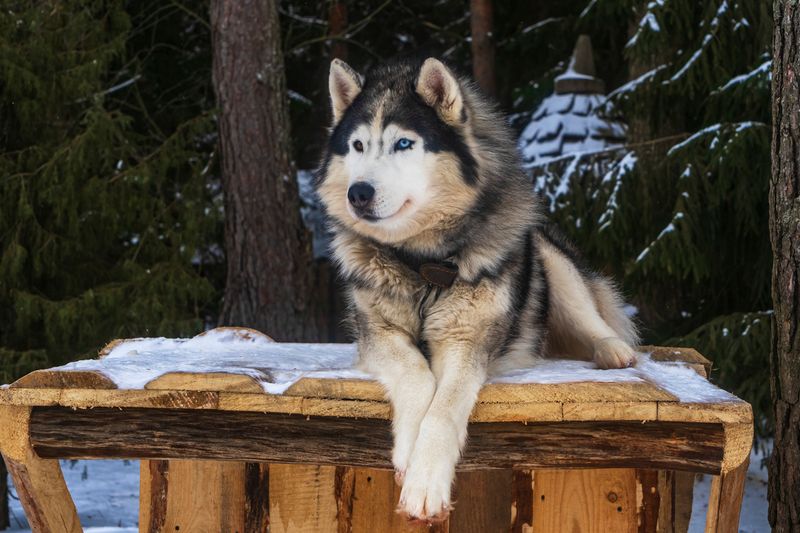
Built for hauling heavy loads across frozen tundra, Malamutes find themselves woefully out of place in warm climates and sedentary households. Their thick double coat – perfect for Arctic conditions – becomes a sweaty, shedding nightmare in warmer regions.
Famous for their “talking” and howling, these vocal giants express themselves freely, regardless of time or neighbors’ patience. Their powerful digging instinct transforms gardens into moonscapes as they seek cool resting spots.
While affectionate and playful, their stubborn streak and pack mentality make them challenging for first-time dog owners. Without proper outlets, their working drive morphs into problem behaviors that overwhelm unprepared families.
5. Cane Corso – The Intensity Mismatch
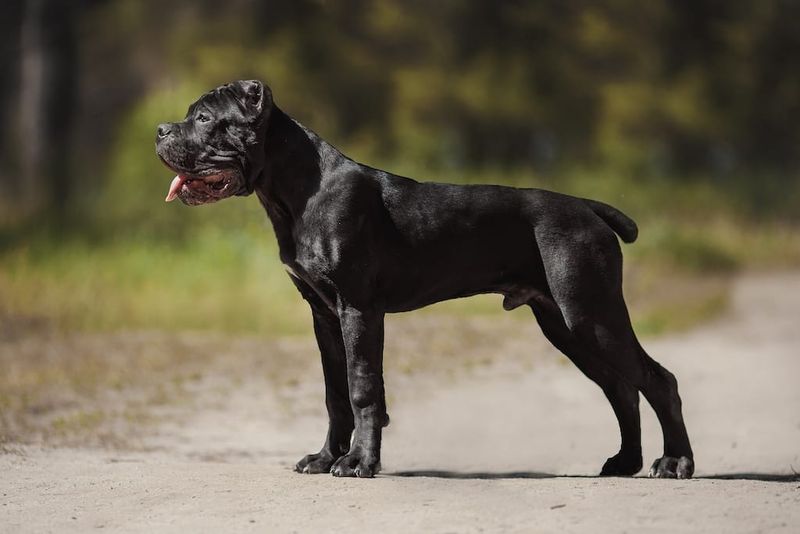
Roman war dogs don’t typically make easygoing family pets! Cane Corsos possess an intimidating presence that matches their protective nature – great for guarding estates, problematic for casual trips to the dog park.
Their powerful jaws and muscular build require an equally strong owner who understands canine body language and can provide consistent leadership. Without proper socialization, their natural suspicion of strangers can escalate to concerning levels.
Though loyal and affectionate with family, their guarding instincts mean visitors might receive a very different reception. Their short coat misleads many into thinking they’re low-maintenance, but their drooling, strong odor, and exercise needs tell a different story.
6. Akita – The Silent Judge
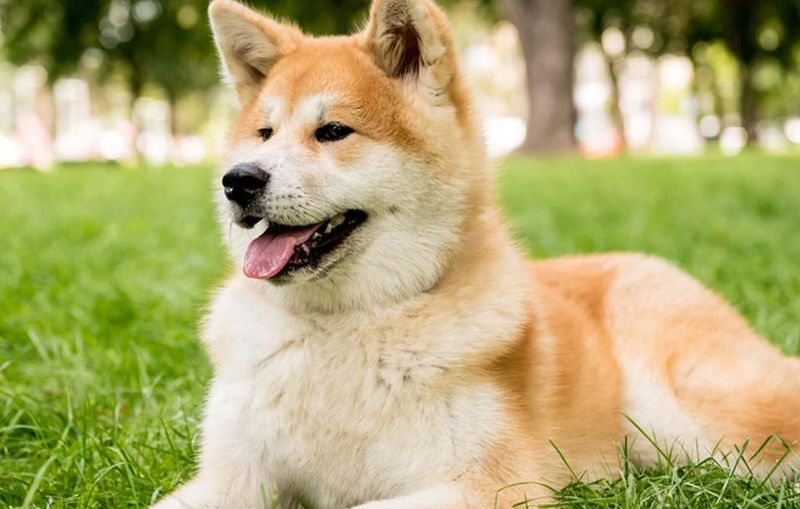
Behind those fox-like features lies a complex personality that’s notoriously difficult to decipher. Akitas maintain an ancient dignity that can come across as standoffish even to their owners. Their hunting heritage makes them naturally suspicious of other animals, often leading to sudden aggression that catches unprepared owners by surprise.
Fiercely loyal to their chosen people, they typically remain aloof or actively wary with everyone else. Their thick coat sheds profusely twice yearly in “blow-outs” that must be experienced to be believed.
Health concerns like hip dysplasia and autoimmune disorders are common, making vet bills a significant consideration for potential owners of this majestic but challenging breed.
7. Chow Chow – The Fluffy Misanthrope
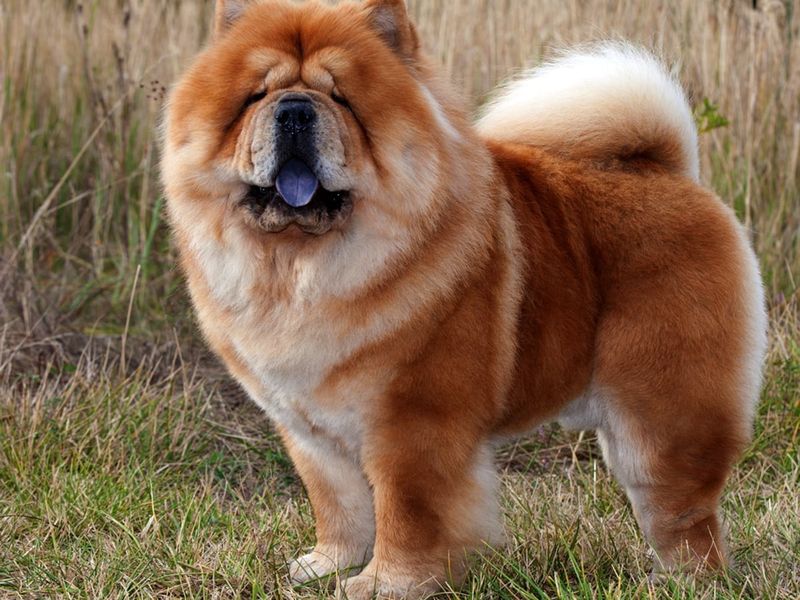
That adorable teddy bear appearance hides a stubborn, independent spirit that’s anything but cuddly. Chow Chows typically form a deep bond with one person while merely tolerating everyone else – including family members! Their natural aloofness often borders on standoffish.
The magnificent lion-like mane requires daily brushing to prevent painful mats. Their unique blue-black tongues match their unique temperament – dignified, reserved, and decidedly not people-pleasers.
Health concerns abound, from eye problems to hip dysplasia. Their strong prey drive makes them poor companions for households with smaller pets. Despite their moderate exercise needs, their headstrong nature makes them challenging even for experienced dog owners.
8. Fila Brasileiro – The Unwavering Guardian
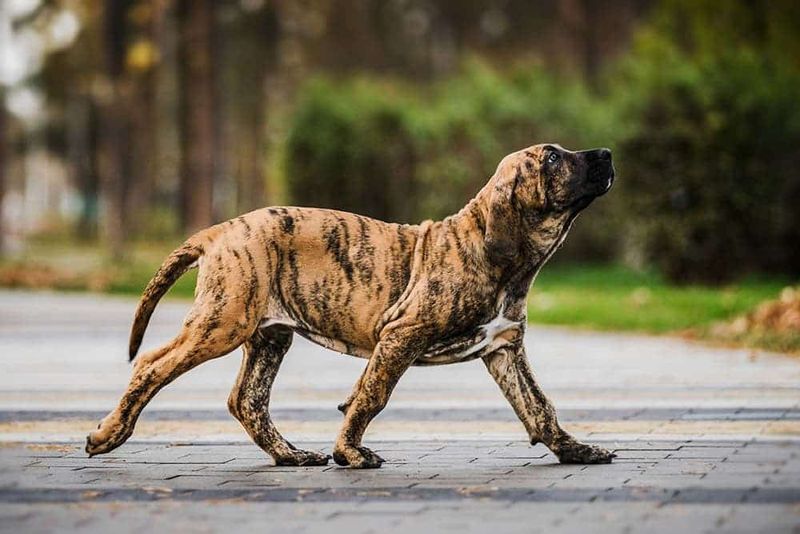
Banned in several countries for good reason, the Fila Brasileiro takes protective instincts to extreme levels. These massive Brazilian mastiffs were bred to track down runaway slaves – a history that reflects in their intense suspicion of strangers and unwavering determination.
Their trademark “ojeriza” – an inherent distrust of unknown people – makes socialization extremely challenging, if not impossible to overcome fully. Even with extensive training, many remain aggressive toward strangers throughout their lives.
While deeply devoted to their families, their size (up to 150 pounds) and protective nature create serious liability concerns. Their hunting background also means smaller animals might trigger predatory responses, making multi-pet households problematic.
9. Afghan Hound – High-Maintenance Beauty Queen
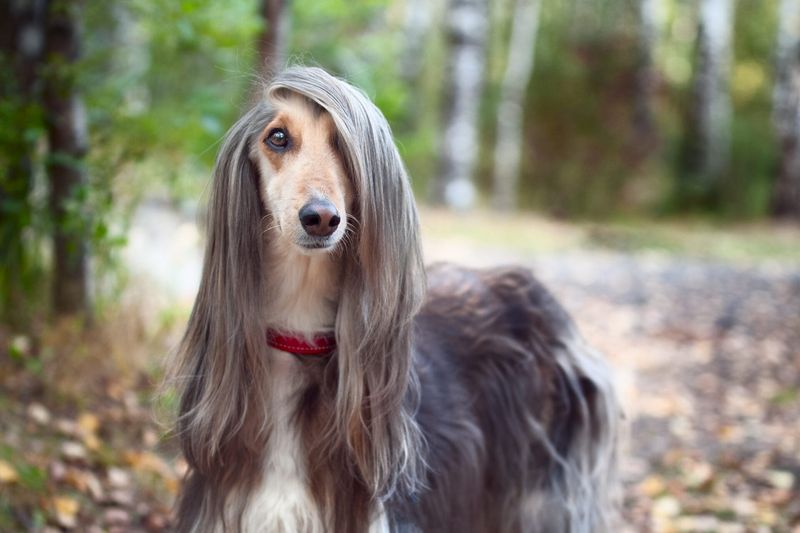
Those flowing locks might grace dog show rings and Instagram feeds, but they represent hours of weekly grooming most owners aren’t prepared for. Afghan Hounds require professional-level coat care to prevent painful mats and skin issues – think of them as walking salon appointments.
Beneath that glamorous exterior lies a surprisingly independent spirit. Originally bred to hunt independently in harsh mountain terrain, they maintain a aloofness that many find frustrating. Their thin skin tears easily, leading to unexpected vet visits.
Their prey drive remains strong, making them unreliable off-leash and challenging around smaller pets. While elegant in appearance, their stubborn nature and moderate exercise needs create a demanding combination many find overwhelming.
10. Dogo Argentino – The Misunderstood Hunter
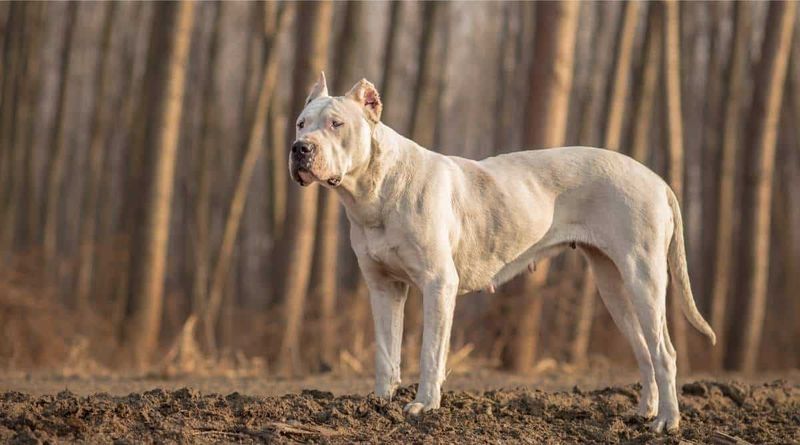
Developed to hunt wild boar and puma, these powerful white athletes possess a prey drive that’s difficult to satisfy in suburban settings. Their muscular build and high energy levels demand significant daily exercise – a quick walk around the block won’t cut it.
Often mistaken for Pit Bulls, Dogos face similar breed restrictions in many areas, limiting housing options. Their hunting background makes them problematic around smaller animals, including neighborhood cats.
While loyal and affectionate with family, their protective nature requires extensive socialization to prevent aggression toward strangers. Their short white coat may look low-maintenance but hides a tendency for skin issues, allergies, and sunburn – adding medical concerns to their challenging care requirements.
11. Labrador Retriever – The Versatile Family Champion

America’s favorite breed earns its popularity honestly! Labs combine playfulness with an eager-to-please attitude that makes training a joy rather than a chore. Their natural affinity for children creates instant bonds, while their patient temperament forgives the occasional ear pull or clumsy handling.
Athletic enough for active families yet adaptable to more relaxed households, Labs adjust their energy levels to match their environment. Their weather-resistant coat requires minimal grooming – just regular brushing to manage shedding.
Whether apartment or acreage, these versatile companions thrive in diverse living situations. Their friendly nature extends to strangers and other animals, making multi-pet households and social gatherings stress-free experiences for everyone involved.
12. Cavalier King Charles Spaniel – Portable Perfection

Royal history meets modern companionship in these gentle-eyed charmers! Cavaliers bring the perfect balance of playfulness and lap-dog affection, adapting seamlessly to both active outings and cozy couch time. Their moderate exercise needs are easily met with daily walks and play sessions.
Unlike many small breeds, Cavaliers rarely display the yappy, nervous tendencies that make some tiny dogs challenging neighbors. Their silky coat requires regular brushing but nothing excessive.
Naturally sociable, they welcome visitors with wagging tails rather than suspicious barking. Their size makes them portable for travel, while their adaptable nature means they’re equally content in apartments or houses with yards. Heart issues are their main health concern, but proper breeding helps minimize risks.
13. Mixed-Breed Mutts – The Adaptable Originals

Nature’s perfect compromise! Mixed-breed dogs often benefit from “hybrid vigor” – the health advantages that come from diverse genetics. Their varied backgrounds typically result in fewer inherited health problems than purebreds, potentially saving thousands in vet bills over their lifetime.
Personality-wise, mutts often display a wonderful balance of traits without the extremes that make some purebreds challenging. Adult rescue mutts come with the added benefit of established personalities – what you see is what you get!
Adopting from shelters means you’re saving a life while finding a companion whose size, energy level, and temperament can be matched to your lifestyle. Their unique appearances also mean you’ll have a one-of-a-kind companion that stands out from the crowd.
14. Bichon Frise – The Hypoallergenic Charmer

Allergy sufferers rejoice! These cotton-ball cuties produce minimal dander, making them ideal companions for sensitive households. Their cheerful temperament matches their appearance – Bichons approach life with a perpetual optimism that’s downright contagious.
Despite their fancy looks, they’re surprisingly sturdy little dogs who enjoy moderate play and exercise. Their non-shedding coat requires professional grooming every 4-6 weeks, but means no fur on furniture or clothing.
Highly adaptable, Bichons thrive in apartments, houses, with children, singles, or seniors. Their natural people-orientation means they rarely develop the separation anxiety that plagues many small breeds. While they enjoy barking announcements, they’re not excessive noisemakers – your neighbors will thank you!
15. Greyhound – The Surprising Couch Potato
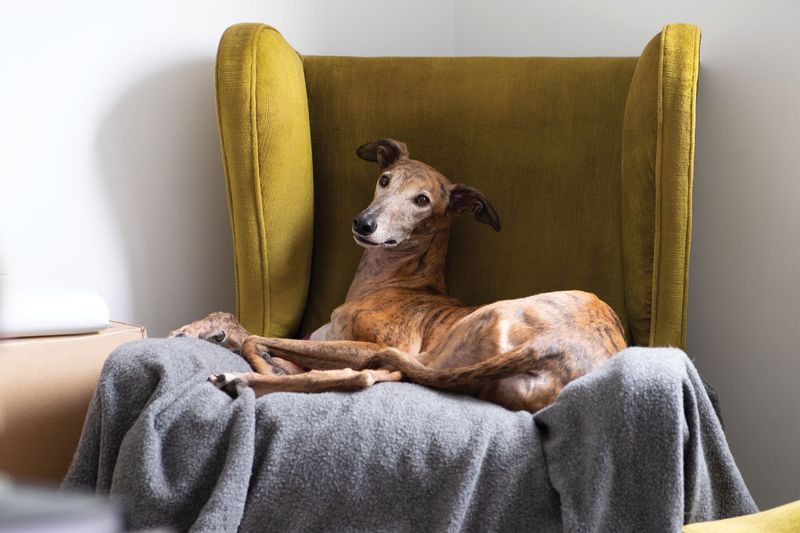
Despite their racing reputation, retired Greyhounds are the ultimate apartment paradox – 45mph couch potatoes! These gentle giants (typically 60-70 pounds) require surprisingly little space, preferring to conserve energy with impressive napping skills that put cats to shame.
Their short coat needs minimal grooming, while their naturally clean nature means less doggy odor than many breeds. Most Greyhounds display a quiet, gentle temperament that works beautifully in calm households.
A daily walk and occasional sprint satisfy their exercise needs, making them suitable for moderately active families. Their sensitive nature responds best to positive reinforcement rather than harsh corrections.
While they need supervision around small animals due to their racing background, many live happily with cat companions after a proper introduction.

